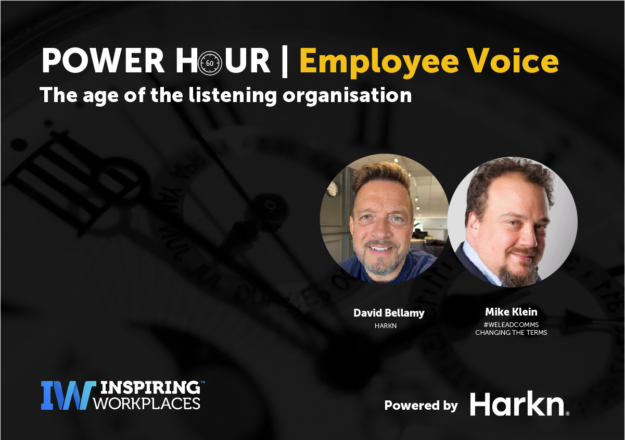Read the article in full here: Understanding the employee voice

23rd October 2024
The 2024 Global Survey: Aligning Benefits with Employee Needs

The 2024 Global Benefits Attitudes Survey highlights employees’ increasing demand for security, including financial stability, retirement readiness, and access to healthcare. Employees value benefits more for retention and attraction, while remote work and mental health support remain critical. Employers are urged to align benefit practices with employee needs for better engagement.
This article was written and published by WTW.
Did you know that employees are increasingly viewing their benefits as a reason to both work for and stay with their employer?
And it’s not surprising — despite some improvements, most employees still face short-term financial issues, are under-saving for retirement, and worrying about access and affordability of care. Employees want remote work, but those that seek this flexibility are less engaged and more likely to feel burned out.
Against this backdrop, employees’ appreciation for their employer-sponsored benefits is growing. How can employers use this momentum to get their employees the support they need? The Global Benefits Attitudes Survey — together with WTW’s employer research — gives employers a crucial insight into employee wants and needs, an important navigation aid in this time of change.
10 key findings from the Global Benefits Attitudes Survey
Employees are dealing with a number of challenges.
- Financial concerns loom large for employees after the cost-of-living crisis
- Three in 10 workers say they are worse off than a year ago and have financial issues negatively impacting their lives.
- In the U.S., nearly nine in 10 are worried about being able to pay for basic necessities.
- Retirement confidence has fallen
- Three in four employees report they are not saving enough for retirement, and roughly 50% are not on track for retirement.
- Employees expect to work longer — the share of employees expecting to work past the age of 70 has risen.
- Mental health remains a challenge, despite some improvements post pandemic
- Since 2022, there have been improvements in emotional health, social wellbeing and burnout (especially for the youngest workers).
- But there are still issues surrounding mental health; around half of younger workers show signs of anxiety and depression.
- Access to care is a key concern for employees
- Health systems have been put under pressure coming out of the pandemic — survey respondents said they are seeing lengthening waiting times.
- On average, four in 10 workers are worried about wait times in the future.
- Employees are looking for greater security
- While pay remains the top focus, employees are increasingly looking for greater security in the face of economic uncertainty.
- Benefits are as important as ever for attraction and retention: Since 2017, there’s been a 50% increase in the importance of benefits as a reason to take a job.






